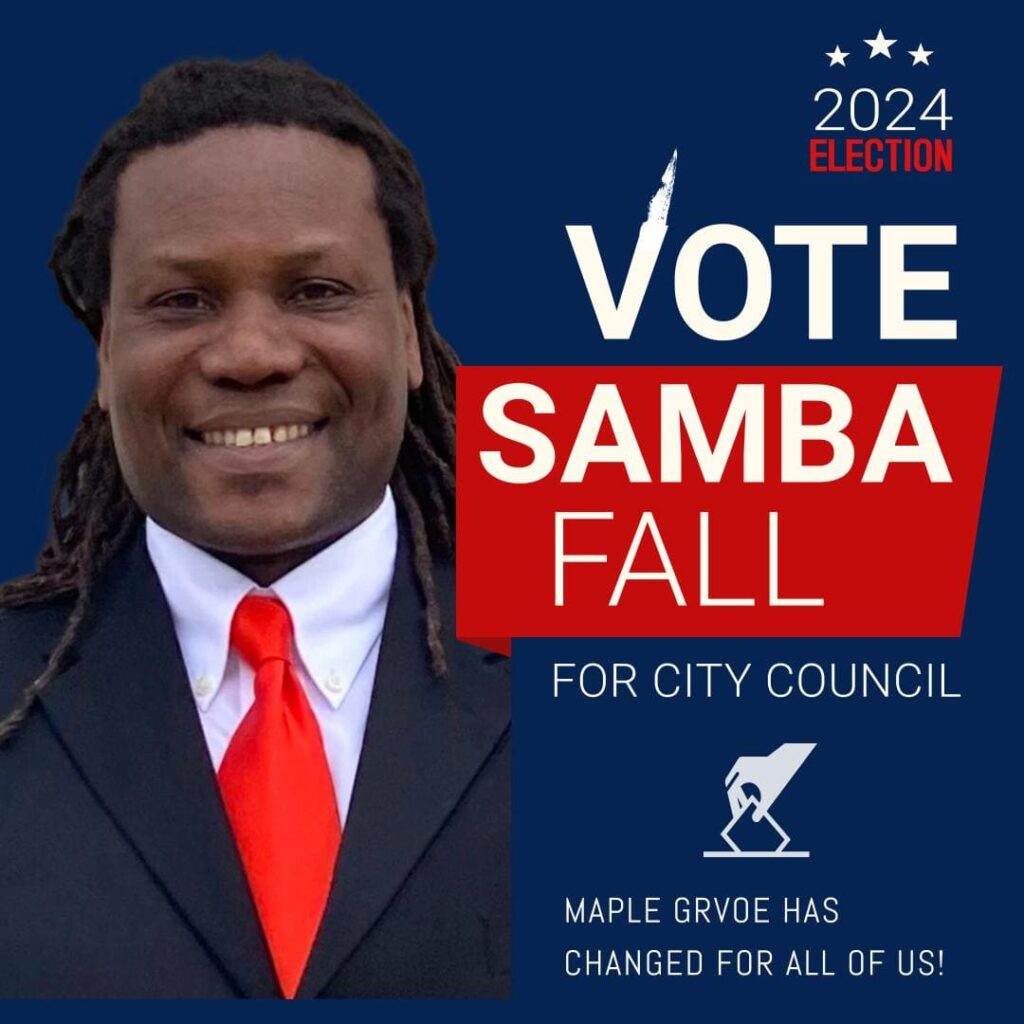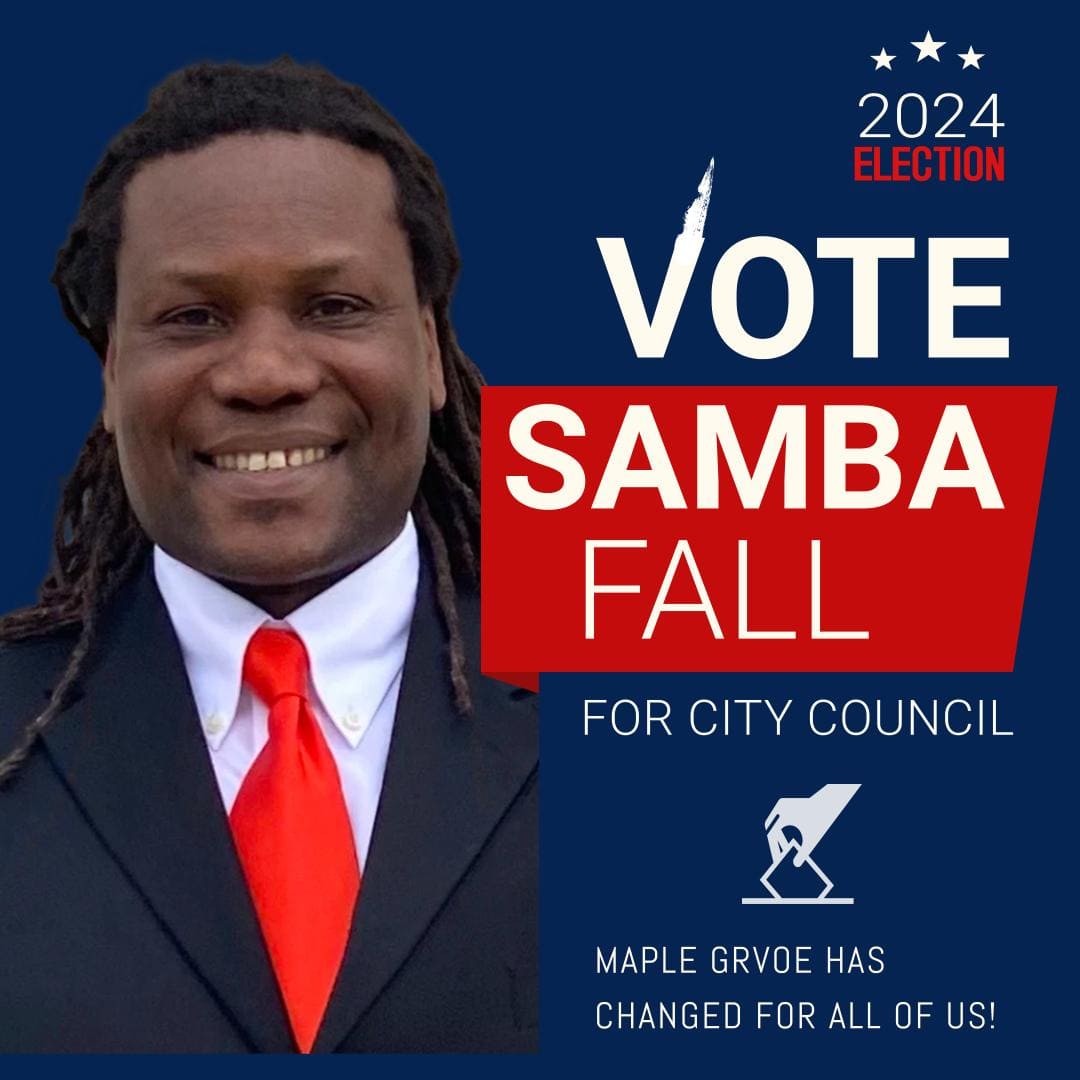
**Reducing Traffic in Maple Grove, MN: Strategies and Solutions**
Traffic congestion is a growing concern in many suburban areas, including Maple Grove, MN, a rapidly expanding city located in the Twin Cities metropolitan area. With its residential neighborhoods, commercial centers, and increasing population, addressing traffic issues is critical for maintaining quality of life and ensuring smooth, efficient transportation. Here are several strategies to reduce traffic congestion in Maple Grove, focusing on infrastructure improvements, public transportation, and community engagement.
### 1. **Enhancing Road Infrastructure**
Improving and expanding the existing road infrastructure can significantly alleviate traffic congestion. Several approaches include:
– **Intersection Improvements**: Upgrading traffic signals, implementing roundabouts, and adding turn lanes can help manage the flow of traffic more effectively. For example, replacing traditional intersections with roundabouts can reduce stop-and-go conditions and improve traffic flow.
– **Road Expansion**: Widening key arterial roads and adding lanes can accommodate more vehicles and reduce bottlenecks. However, this solution should be balanced with environmental and community impact considerations.
– **Smart Traffic Management**: Implementing intelligent traffic management systems can optimize traffic signal timings based on real-time traffic conditions, which can help reduce delays and improve traffic flow.
### 2. **Promoting Public Transportation**
Expanding and improving public transportation options can reduce the number of single-occupancy vehicles on the road. Key strategies include:
– **Increased Service Frequency**: Enhancing the frequency of buses and trains can make public transit a more attractive option for residents. Regular, reliable service encourages more people to use public transportation.
– **New Routes and Connectivity**: Introducing new bus and train routes that connect residential areas with key commercial and employment centers can improve accessibility and reduce reliance on personal vehicles.
– **Park-and-Ride Facilities**: Developing park-and-ride lots on the outskirts of the city allows commuters to leave their cars in a designated area and use public transit for the remainder of their journey. This approach can reduce traffic congestion in the city center.
### 3. **Encouraging Alternative Transportation**
Promoting alternative modes of transportation can also help alleviate traffic congestion. Strategies include:
– **Bicycle Infrastructure**: Expanding bike lanes and creating dedicated bike paths can encourage cycling as a viable transportation option. Providing secure bike storage facilities can further support this initiative.
– **Pedestrian-Friendly Design**: Improving sidewalks, crosswalks, and pedestrian crossings can make walking a safer and more appealing option. Creating pedestrian zones in high-traffic areas can also encourage walking.
– **Carpooling and Ridesharing**: Promoting carpooling and ridesharing programs can reduce the number of vehicles on the road. Incentives such as designated carpool lanes and parking benefits can encourage more people to share rides.
### 4. **Implementing Traffic Demand Management**
Traffic demand management (TDM) strategies aim to reduce the number of vehicles on the road during peak times. Key approaches include:
– **Flexible Work Hours**: Encouraging businesses to adopt flexible work hours or remote work policies can help spread out traffic demand throughout the day. Staggered work hours can reduce peak-hour congestion.
– **Congestion Pricing**: Implementing congestion pricing in high-traffic areas can discourage driving during peak times. This approach charges a fee for using certain roads or areas during busy periods, helping to reduce traffic volume.
– **Educational Campaigns**: Public education campaigns can raise awareness about the benefits of alternative transportation options and the impact of traffic congestion. Providing information on carpooling, public transit, and other alternatives can encourage behavioral changes.
### 5. **Community Engagement and Planning**
Engaging the community in traffic planning and decision-making can lead to more effective solutions. Strategies include:
– **Public Input**: Involving residents in traffic planning processes through surveys, public meetings, and workshops ensures that solutions address their needs and concerns. Community feedback can provide valuable insights into traffic patterns and potential solutions.
– **Neighborhood Traffic Calming**: Implementing traffic calming measures in residential neighborhoods, such as speed bumps, narrowed roads, and improved signage, can reduce speeding and improve safety.
– **Collaboration with Businesses**: Working with local businesses to develop travel demand management plans can help address employee commuting patterns and reduce traffic congestion. Businesses can also offer incentives for employees who use alternative transportation.
### 6. **Leveraging Technology**
Technological advancements offer innovative solutions for managing traffic congestion. Some options include:
– **Real-Time Traffic Apps**: Utilizing apps that provide real-time traffic information and route planning can help drivers avoid congested areas and find the fastest routes.
– **Automated Traffic Systems**: Implementing automated systems for traffic monitoring and control can improve the efficiency of traffic management. These systems can adjust signal timings and manage traffic flow based on real-time data.
– **Data Analytics**: Analyzing traffic data to identify patterns and predict congestion can help inform planning and decision-making. Data-driven insights can lead to more effective traffic management strategies.
### 7. **Sustainability Considerations**
Incorporating sustainability into traffic management strategies can have long-term benefits for both the environment and traffic flow. Strategies include:
– **Green Infrastructure**: Investing in green infrastructure, such as green streets and urban parks, can improve the overall urban environment and make alternative transportation options more appealing.
– **Electric and Hybrid Vehicles**: Encouraging the use of electric and hybrid vehicles can reduce emissions and improve air quality. Providing charging stations and incentives for these vehicles can support their adoption.
– **Climate-Resilient Planning**: Ensuring that traffic management strategies consider climate resilience can help mitigate the impact of extreme weather events on transportation infrastructure.
### Conclusion
Reducing traffic congestion in Maple Grove, MN, requires a multifaceted approach that addresses infrastructure improvements, public transportation, alternative transportation options, traffic demand management, community engagement, technological advancements, and sustainability. By implementing these strategies, Maple Grove can work towards a more efficient and pleasant transportation experience for its residents, while also contributing to a more sustainable and livable community.


